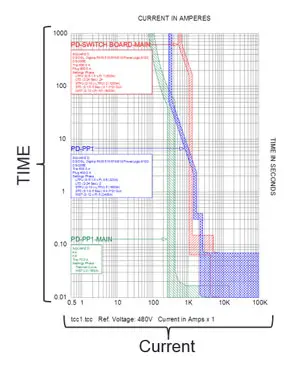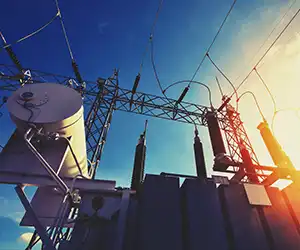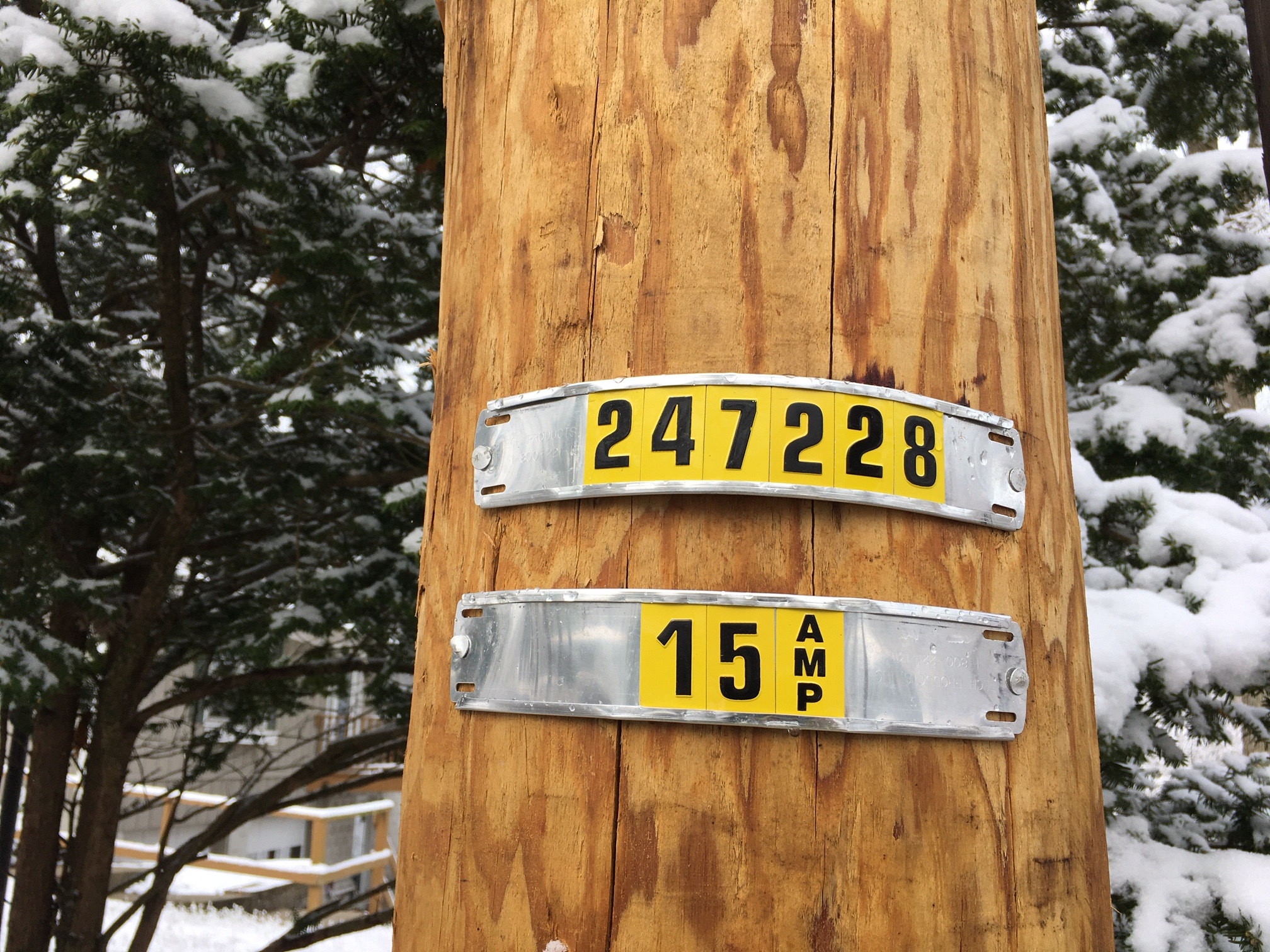Where are energy storage systems operating in the United States?
By R.W. Hurst, Editor
Energy Storage Systems Course
Our customized live online or in‑person group training can be delivered to your staff at your location.
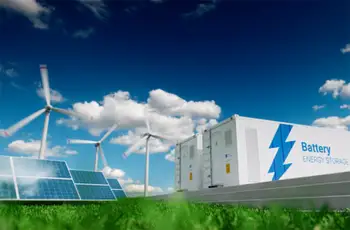
- Live Online
- 12 hours Instructor-led
- Group Training Available
Download Our NFPA 70E Fact Sheet – 2024 Electrical Safety Edition
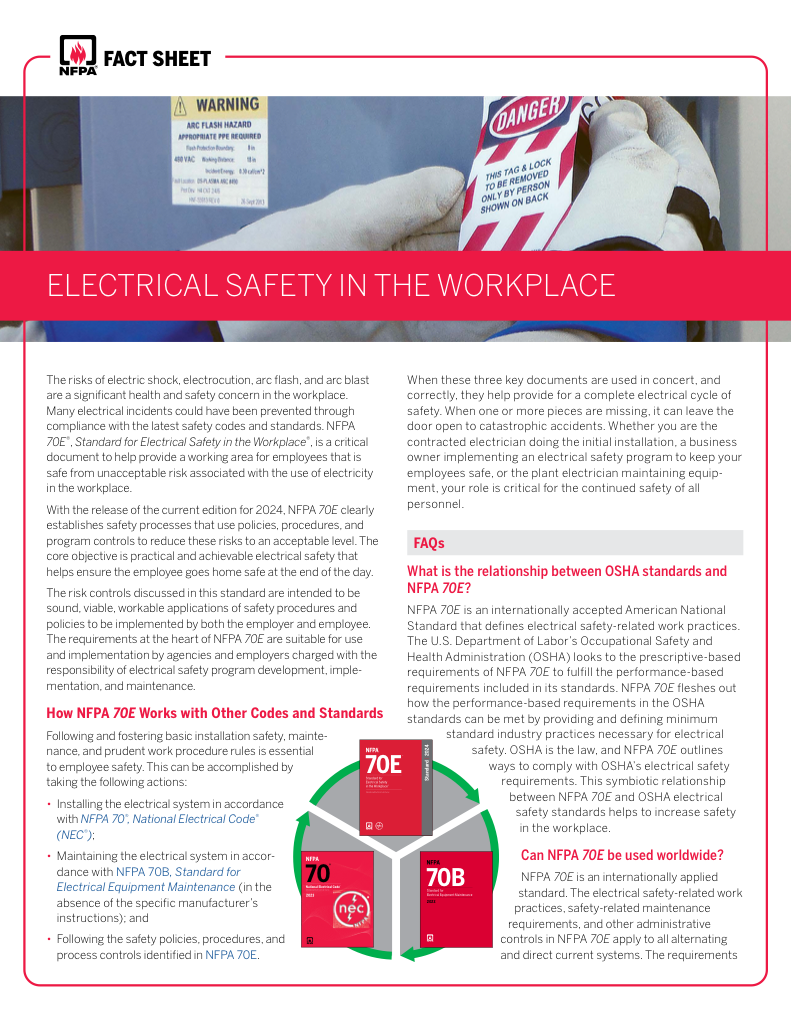
- Understand how NFPA 70E works with NEC and NFPA 70B standards
- Clarify the shared responsibility between employers and employees
- Learn how NFPA 70E supports OSHA compliance
Energy Storage Systems in the USA enable grid-scale resilience, integrating renewables with battery storage, BESS, inverters, and power electronics for peak shaving, frequency regulation, microgrids, and smart grid reliability across sectors.
What Are Energy Storage Systems in the USA?
Battery and power-electronics systems that store electricity, stabilize the grid, and enable renewable integration
✅ Provide frequency regulation, voltage support, and black-start capability
✅ Use Li-ion, flow batteries, flywheels, and ultracapacitors
✅ Integrate bi-directional inverters, EMS, SCADA, and microgrid controls
Where are energy storage systems operating in the United States?
Energy storage systems operate in various locations throughout the United States, with many states actively promoting the deployment of energy storage to support the integration of renewable energy sources into the electrical power grid. Some states leading the way in energy storage deployment include California, Texas, and Hawaii. For readers new to the concept, this overview of what energy storage is provides helpful context for policy and deployment trends.
California has been one of the most active states in promoting the deployment of energy storage, with a target of 1,325 MW of energy storage capacity by 2024. The state has several large-scale energy storage projects, including the 300 MW/1,200 MWh Moss Landing Energy Storage Facility, one of the world's largest battery energy storage systems. In addition, the state is also home to many smaller-scale energy storage systems, such as residential and commercial battery systems. Given the state's vast solar resources, this primer on solar energy storage explains how batteries capture midday generation for evening demand.
Texas is another state that has been actively promoting the deployment of energy storage, with a goal of 5 GW of energy storage capacity by 2030. The state has several large-scale energy storage projects, including the 495 MW/1,993 MWh Samson Energy Storage Project, which will be the largest energy storage project in the United States when it is completed. In addition, the state is also home to several smaller-scale energy storage projects, including battery systems for residential and commercial use. The rapid growth in utility-scale energy storage is reshaping ERCOT's resource mix and ancillary services.
Electricity Today T&D Magazine Subscribe for FREE

- Timely insights from industry experts
- Practical solutions T&D engineers
- Free access to every issue
Hawaii has set a goal of achieving 100% renewable energy by 2045, and energy storage is an integral part of the state's strategy to achieve this goal. The state has several large-scale energy storage projects, including the 36 MW/144 MWh Kapolei Energy Storage Project, Hawaii's largest energy storage project. In addition, the state is also home to many smaller-scale energy storage projects, including residential and commercial battery systems. Isolated island grids also benefit from advances in long-duration energy storage that can ride through prolonged cloudy or low-wind periods.
Other states that have been actively promoting the deployment of energy storage include New York, Massachusetts, and Arizona. In New York, the state has a goal of 3 GW of energy storage capacity by 2030. It has several large-scale energy storage projects, including the 20 MW/20 MWh Hecate Energy Queens Lithium-ion Battery Storage System. Massachusetts has set a goal of 1,000 MWh of energy storage capacity by 2025 and has several energy storage projects in operation, including a 20 MW/20 MWh battery storage project in Worcester. Arizona has several large-scale energy storage projects, including the 100 MW/400 MWh Sonoran Energy Center Battery Storage Facility, one of the most significant battery storage projects in the United States. Across these regions, the interaction between energy storage and the grid helps balance peaks, reduce curtailment, and enhance resilience.
Overall, energy storage systems are operating in various locations throughout the United States, with many states actively promoting their deployment to support the integration of renewable energy sources and improve the stability and reliability of the electrical power grid. Analysts track the expanding sector in reports on how big the energy storage market is, highlighting investment trends across technologies. Ultimately, understanding why we need energy storage underscores its value for reliability, decarbonization, and cost efficiency.






